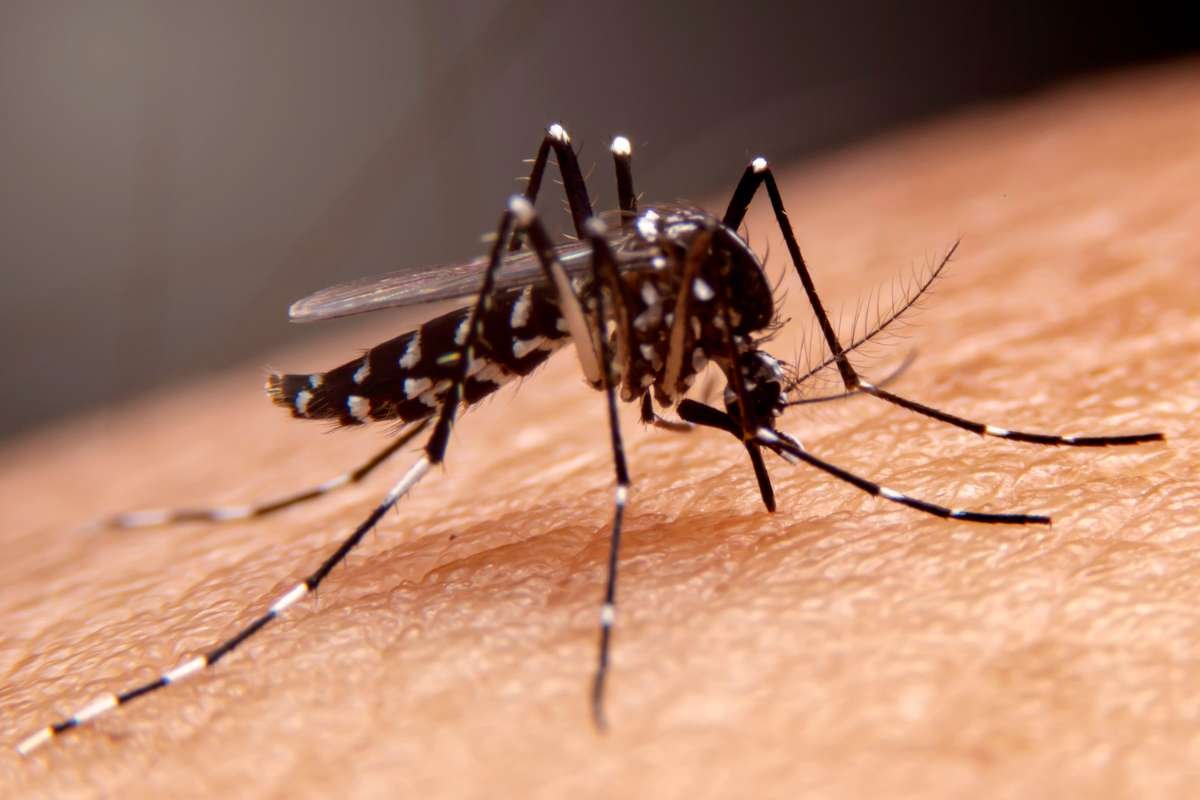Key Points:
- CDC cuts FoodNet tracking from 8 pathogens to 2 (Salmonella, E. coli).
- Experts warn that reduced surveillance may hinder outbreak detection and data accuracy.
- FoodNet’s role since 1995 in shaping U.S. food safety may be weakened.
Federal health officials have dramatically reduced the scope of a long-standing FoodNet Program, which monitors foodborne illnesses in the United States, narrowing mandatory surveillance from eight pathogens to just two. The move has raised concerns among food safety experts who warn it may weaken the nation’s ability to detect outbreaks and measure long-term food safety trends.
The Centers for Disease Control and Prevention (CDC) announced that, beginning in July, the Foodborne Diseases Active Surveillance Network, commonly known as FoodNet, will now require participating states to track only Salmonella and Shiga toxin-producing E. coli. Previously, the program included six additional pathogens: Campylobacter, Cyclospora, Listeria, Shigella, Vibrio, and Yersinia.
CDC officials defended the change as a way to prioritize resources and focus on the pathogens most responsible for hospitalizations and deaths. However, critics argue the shift could lead to gaps in critical data.
Officials Cite Resource Constraints, Critics Warn of Blind Spots
“By narrowing reporting requirements, FoodNet staff can prioritize core activities and steward resources more effectively,” CDC spokesman Paul Prince said in a statement. He did not confirm whether the change is linked to recent federal funding cuts enacted by the Trump Administration.
Food safety officials in participating states expressed alarm. “Long term, it will affect our ability to use surveillance data to better understand risks in the food supply,” said Carlota Medus, who leads the Minnesota Department of Health’s foodborne diseases unit. She noted that passive reporting, when cases are submitted voluntarily rather than actively investigated, often misses infections.
“FoodNet Program doesn’t just count cases,” Medus said. “It collects robust data that contributes to understanding infection sources and patterns.”
FoodNet’s Role in Food Safety Since 1995
Launched in 1995, the FoodNet Program was designed as a joint effort between the CDC, the U.S. Department of Agriculture, the Food and Drug Administration, and 10 state health departments. It serves about 16% of the U.S. population, providing detailed surveillance that helped shape national estimates for foodborne illness rates.
The program has been instrumental in establishing baselines for infections per 100,000 people, giving policymakers and scientists insight into whether food safety measures were improving public health.
“We won’t know as accurately if we’re getting better or worse in respect to certain pathogens,” said Frank Yiannas, a food safety expert and former FDA official.
FoodNet sites include Minnesota, Colorado, Connecticut, Georgia, Maryland, New Mexico, Oregon, Tennessee, and selected counties in California and New York.
Potential Impact on Foodborne Outbreak Detection
Although Salmonella and E. coli are among the most dangerous foodborne pathogens, experts caution that eliminating mandatory tracking for others could slow detection of outbreaks tied to Listeria, Shigella, or Campylobacter, organisms that still pose serious risks.
The reduction in the FoodNet Program also comes at a time when global food supply chains are increasingly complex, making early detection and rapid response more important than ever.






